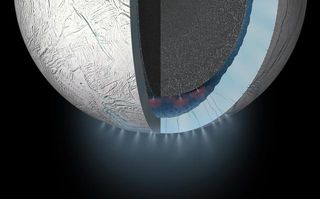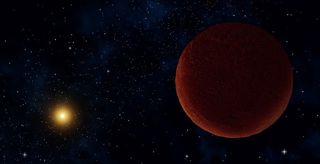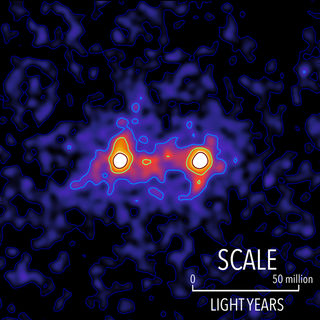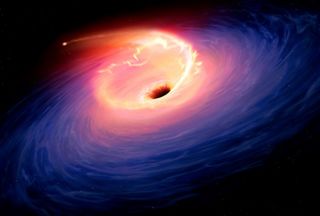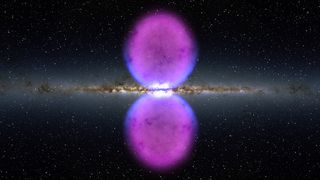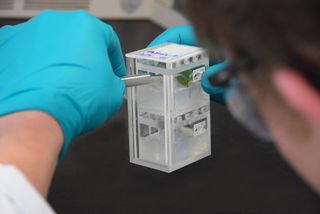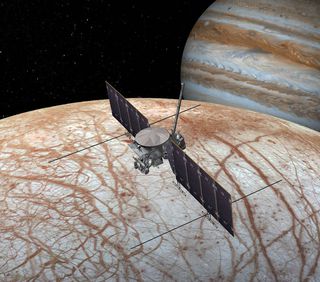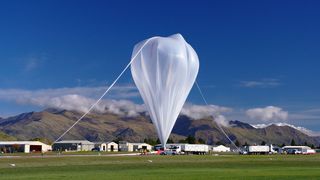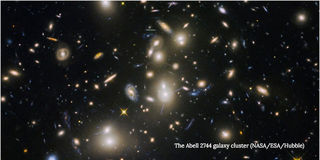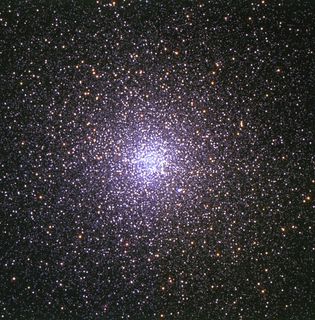Space News
Director's Blog
-
I got up at 4am to set about viewing the much talked about Planetary alignment this month, here's what I foundPosted: Saturday 23 January 2016
Archive
Space Digest
-
Probably this month’s biggest news story is the revelation that scientists have found hydrogen in the plume of material spewing from Enceladus, one of Saturn’s moons. Data from the Cassini spacecraft indicates that the best fit explanation for this hydrogen is chemical reactions between the moon’s rocky core and warm sub-surface oceans. This discovery could very well indicate that the floor of Enceladus’s ocean includes hydrothermal vents similar to those found in the depths of Earth’s oceans.
"Hydrogen is a source of chemical energy for microbes that live in the Earth's oceans near hydrothermal vents," said SwRI's (Southwest Research Institute) Dr. Hunter Waite, principal investigator of Cassini's Ion Neutral Mass Spectrometer (INMS). "Our results indicate the same chemical energy source is present in the ocean of Enceladus. We have not found evidence of the presence of microbial life in the ocean of Enceladus, but the discovery of hydrogen gas and the evidence for ongoing hydrothermal activity offer a tantalizing suggestion that habitable conditions could exist beneath the moon's icy crust."
On Earth’s ocean floor hydrothermal vents allow unique ecosystems teeming with unusual life to proliferate. Microbes that convert mineral-laden fluid into metabolic energy make these ecosystems possible. "The amount of molecular hydrogen we detected is high enough to support microbes similar to those that live near hydrothermal vents on Earth," said SwRI's Dr. Christopher Glein, a co-author on the paper and a pioneer of extraterrestrial chemical oceanography. "If similar organisms are present in Enceladus, they could 'burn' the hydrogen to obtain energy for chemosynthesis, which could conceivably serve as a foundation for a larger ecosystem."Posted: Thursday 13 April 2017 -
Some amazing new details have been collected about trans-Neptunian Object (TNO) 2014 UZ224, otherwise known as “DeeDee” which is short for “Distant Dwarf”. DeeDee is the second farthest known TNO in the Kuiper Belt that has a known orbit. But until this study, very little other information was known about it.
Using the Atacama Large Millimetre/Sub-millimetre Array (ALMA) astronomers have managed to determine that DeeDee is about 635 km (394 miles) across and that its mass means that it should, at least in theory, be spherical. That last bit is crucial as it is one of the criteria for determining if DeeDee is a dwarf planet. DeeDee is currently 92AU from Earth (1 AU is the mean distance from Earth to the Sun or roughly 150 000 000 km), a mind-bending 1.38x1010 km (that’s 13 800 000 000 km!). The astronomers also used the ALMA data to determine that DeeDee is cold (around -243 degrees C) and not very reflective, only reflecting about 13% of the sunlight that hits it.Posted: Wednesday 12 April 2017 -
Scientists at the University of Waterloo have captured the first ever composite picture of a dark matter web that connects galaxies together. This composite image confirms that galaxies across the universe are tied together by a cosmic web of dark matter, which until now has been unobservable. "For decades, researchers have been predicting the existence of dark-matter filaments between galaxies that act like a web-like superstructure connecting galaxies together," said Mike Hudson, a professor of astronomy at the University of Waterloo. "This image moves us beyond predictions to something we can see and measure."Posted: Wednesday 12 April 2017
-
In another imaging first; by training an extensive network of telescopes stretching from Hawaii to Antarctica to Spain on the centre of the Milky Way Galaxy for five consecutive nights scientists believe they may just have managed to snap the first ever picture of a black hole. Unfortunately it will take months of data processing before they will know for sure. But if they have been successful then it may just help reveal the mysteries of how the universe was created and what it is made of.Posted: Wednesday 12 April 2017
-
A team of astronomers led by Rongmon Bordoloi of MIT used measurements of UV light taken by the Hubble Space Telescope’s Cosmic Origins Spectroscope to age the two enormous bulges of cooling gas, called the “Fermi Bubbles”, extending outward from our galactic centre more than 20 000 light years to 6 to 9 million years old.Posted: Thursday 9 March 2017
-
This seemingly innocuous question has big implications because, if proven feasible, it would mean that astronauts would be able to grow food in space quickly. So significant is it that what started out as an after-school science club project for a team of German students, has now become an important experiment on the International Space Station.Posted: Thursday 9 March 2017
-
A NASA mission to Jupiter’s third largest moon, Europa, was technically titled “Europa Multiple Flyby Mission”. But that is something of a mouthful. So instead the mission, scheduled for launch in 2022, is now officially called “Europa Clipper”.Posted: Tuesday 7 March 2017
-
America’s space agency has announced that it will be returning to Wanaka Airport in late March and early April for the third launch of its super-pressure balloon. New to the 2017 launch programme will be the construction of a 600m gravel semi-circular launch pad on the north eastern side of Wanaka airport.Posted: Wednesday 22 February 2017
-
University of Texas scientists have used a new technique that removes the light from foreground galactic clusters to peer at a generation of galaxies from the universe’s formative period. The technique combines Hubble deep field images with what is called “Wavelet Decomposition”, essentially the light-masking equivalent of noise-cancelling earphones, to computationally remove the light from foreground galaxies.Posted: Friday 10 February 2017
-
By studying the star cluster 47 Tucanae scientists have discovered a whole new class of “medium-size” black holes. Until now scientists had identified black holes with less than 100 solar masses, and others with more than 10 000 solar masses (these latter being the monsters found at many galactic cores). The new discovery by scientists from the Harvard-Smithsonian Center for Astrophysics was achieved by studying the motion of stars in aggregate, observing how they moved in relation to one another, and by measuring the scatter of neutron stars, second only to black holes as the densest known objects, across the cluster. Their results suggest a black hole with a mass of around 2 200 solar masses resides at the heart of 47 Tucanae.Posted: Wednesday 8 February 2017


